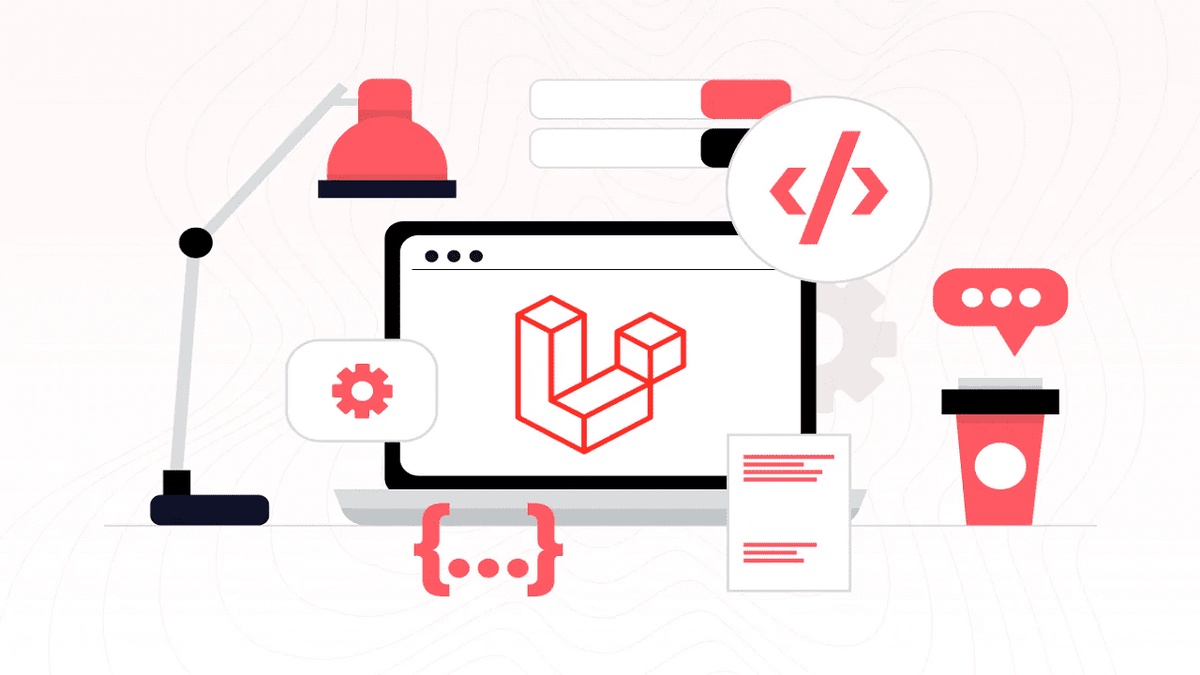In the fast-evolving landscape of web development, staying ahead of the curve is essential. Laravel, the PHP framework known for its elegant syntax and robust features, has gained immense popularity among developers. One key aspect of ensuring the success and reliability of Laravel applications is thorough testing. In this article, we'll explore proven strategies to crush it with Laravel tests, ensuring excellence in your web development projects.
1. Embrace Test-Driven Development (TDD)
Test-Driven Development is a methodology that emphasizes writing tests before writing the actual code. By following TDD principles, developers can create more reliable and maintainable code. In the context of Laravel, this means writing PHPUnit tests that validate the functionality of various components. TDD helps catch bugs early in the development process, leading to a more robust application.
2. Leverage Laravel's Testing Tools
Laravel provides a powerful testing suite that makes writing and running tests a seamless process. PHPUnit, the testing framework used by Laravel, offers a wide range of assertion methods to validate different aspects of your application. Laravel's testing tools also include features like testing HTTP requests, simulating user interactions, and handling database transactions during tests. Leveraging these tools ensures comprehensive test coverage for your Laravel application.
3. Test Various Layers of Your Application
A well-tested Laravel application requires testing at multiple layers. Unit tests focus on individual components, such as classes and methods, to ensure they work as intended. Integration tests examine how different components interact with each other. Lastly, end-to-end (E2E) or acceptance tests simulate user interactions with the entire application, ensuring a smooth user experience. A balanced approach that includes all these layers guarantees a robust and reliable application.
4. Seed and Migrate for Consistent Test Data
Maintaining a consistent environment for your tests is crucial for reliable results. Laravel's migration and seeding features help create a standardized database structure and populate it with sample data. By using migrations to set up the database schema and seeders to provide test data, you ensure that tests are conducted in an environment that mirrors the production setup, enhancing the accuracy of your test results.
5. Implement Continuous Integration (CI)
Integrating testing into your development workflow is essential for catching issues early. Continuous Integration tools, such as Jenkins, Travis CI, or GitHub Actions, can automatically run your test suite whenever changes are pushed to the repository. This ensures that tests are executed consistently, providing immediate feedback on the health of your codebase. CI integration is a key step towards maintaining a high level of code quality in Laravel projects.
6. Utilize Mocking for Efficient Testing
Mocking involves creating simulated objects that mimic the behavior of real objects in a controlled manner. Laravel provides a convenient mocking system that allows developers to isolate specific components during testing. By replacing external dependencies with mock objects, you can focus on testing the core logic of your application without being affected by external factors. This approach makes tests more efficient and less prone to external changes.
7. Monitor and Analyze Code Coverage
Code coverage measures the percentage of your codebase that is covered by tests. Laravel supports tools like Xdebug and PHPUnit to generate code coverage reports. Monitoring code coverage helps identify areas that lack test coverage, enabling developers to focus their testing efforts where they are needed most. Aim for high code coverage to ensure that the majority of your code is validated by tests.
In conclusion, crushing it with Laravel tests requires a holistic approach that combines Test-Driven Development, effective use of Laravel's testing tools, comprehensive testing at various layers, consistent test data, Continuous Integration, mocking for efficiency, and code coverage analysis. By incorporating these strategies into your Laravel development workflow, you'll be well on your way to building robust, reliable, and high-performance web applications.


No comments yet